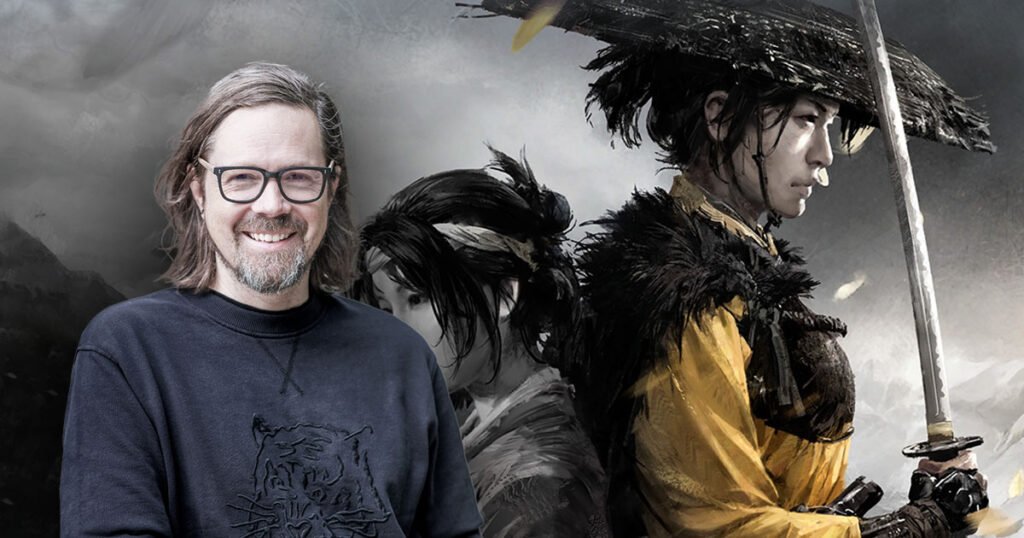Table of Contents
A Fresh Ghost Story
Sucker Punch Productions faced a formidable challenge: to follow Ghost of Tsushima, a critically acclaimed title that had cemented itself as a modern samurai classic. With Ghost of Yotei, the studio shifts north to Hokkaido, crafting a tale of vengeance rooted in snow, blood, and spirit.
For Jason Connell, Creative Director on the project, the key was balancing continuity with reinvention. “We use the term fresh but familiar,” Connell explains. “We wanted to bring forward the lethal precision of combat, the cinematic influences, the cultural authenticity — but also create something unique in Hokkaido. That’s why we built Atsu, a new character with her own scars and motivations.”
Where Jin Sakai bore the weight of legacy, Atsu is driven by deeply personal loss. This difference shapes the entire narrative experience, a contrast noted in our review where Ghost of Yotei felt like “a wound carved into steel” compared to Tsushima’s sweeping legend.
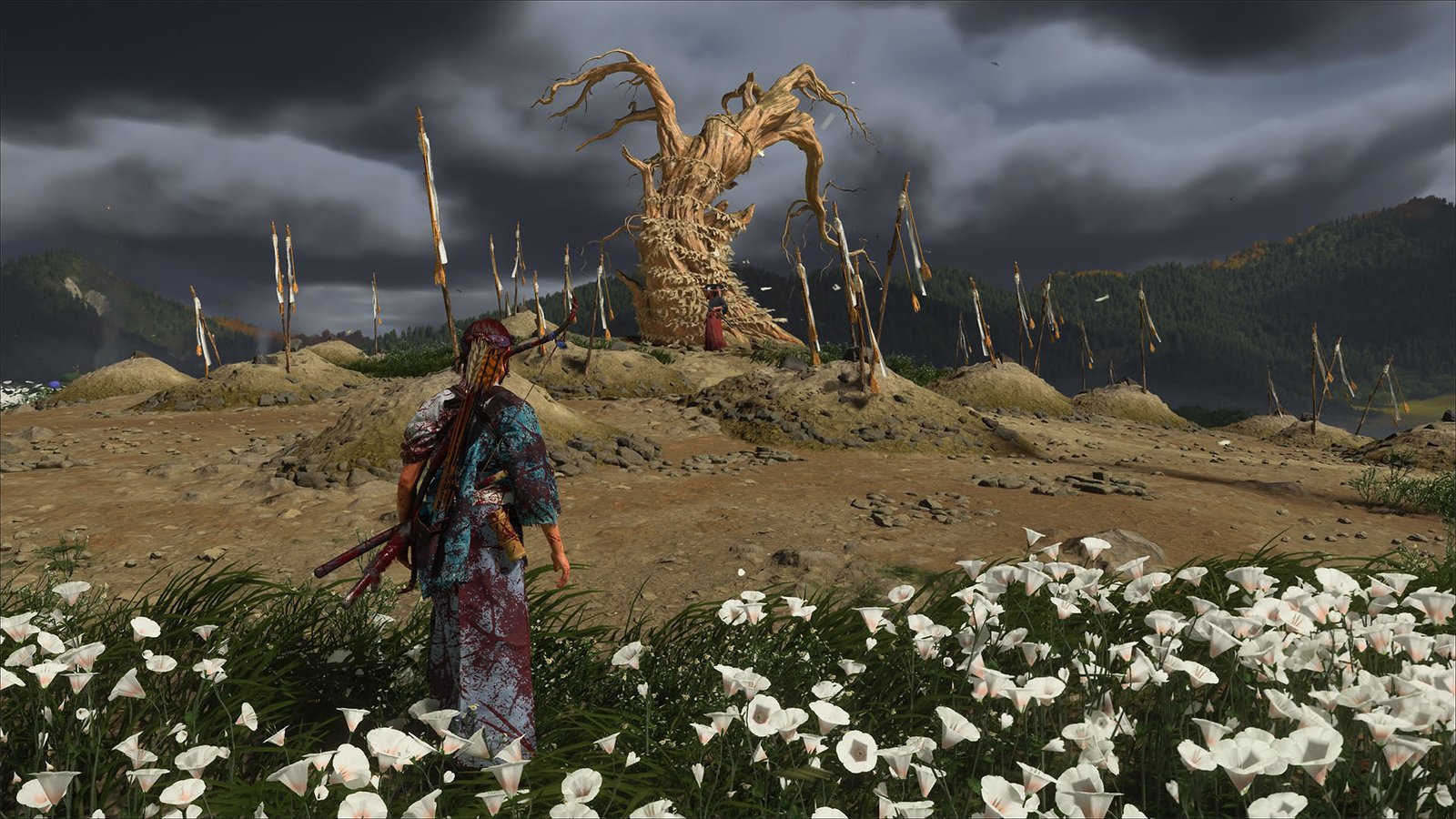
For Connell, having also been the creative director and art director on Ghost of Tsushima, he is more well placed than most to see the similarities and differences.
Atsu and the Vengeful Spirit
Connell highlights Atsu’s underdog status as central to her appeal. “In this society, there weren’t many women warriors. People underestimate her. That, combined with the fiery vengeance inside her, propels the story forward. The Onryō legend — this vengeful spirit — gave us the foundation for her identity.”
Like Jin, Atsu undergoes a symbolic death early in the game. But unlike Jin, her rebirth is defined not by duty, but by rage. Her wolf companion and the whispering winds serve as metaphors for her second chance, shaping the supernatural atmosphere that permeates the adventure.

It’s this intimacy — Atsu’s pain and growth — that makes Ghost of Yotei resonate. As Connell puts it: “The story is about trauma, about learning to trust again. Atsu is on a suicidal quest of vengeance. The question is — can she heal?”
Building Hokkaido’s Harsh Beauty
One of Ghost of Yotei‘s most striking qualities is its world — frozen forests, windswept cliffs, and landmarks that guide without cluttering the screen. Connell explains the philosophy: “We’ve always been passionate about diegetic navigation. In Tsushima we used the wind; in Ghost of Yotei, we pushed it further. Sunbeams break through clouds to highlight points of interest, wolves lead you to hidden dens, and trails of flowers draw you into the unknown. We wanted the world itself to orient you.”
This design mirrors my own experience — where exploration felt deliberate rather than checklist-driven. Instead of chasing icons, the player is drawn naturally by curiosity and environmental storytelling.
The Evolution of Combat in Ghost of Yotei
Combat is where Ghost of Yotei both honours its predecessor and strikes out in bold directions. Instead of stances, Atsu wields a diverse arsenal: odachi, yari, dual blades, kusarigama, and more.
“It’s essentially the stance system reborn as weapons,” Connell clarifies. “Each weapon fills a role — the odachi for larger foes, the kusarigama for area control, the yari for precision. It’s improvisational, in character with Atsu, who will use whatever she can to survive. You can even be disarmed, which throws a curveball into the fight.”
This flexibility is core to the game’s identity. As I wrote in my review, “Each weapon feels like a philosophy, rewarding mastery with devastating results.” The clash of steel remains as weighty and satisfying as ever, now enhanced by the unpredictability of improvisation.
Spiritual Threads and Ainu Collaboration
A notable shift in Ghost of Yotei is the way spirituality and culture are woven into the main story. Connell acknowledges this was intentional: “We wanted a more intimate story, and spirituality fit naturally into Atsu’s journey. The wolf, the sense of second chances, the motherly figure drawn from Ainu tradition — all of this deepens her arc.”
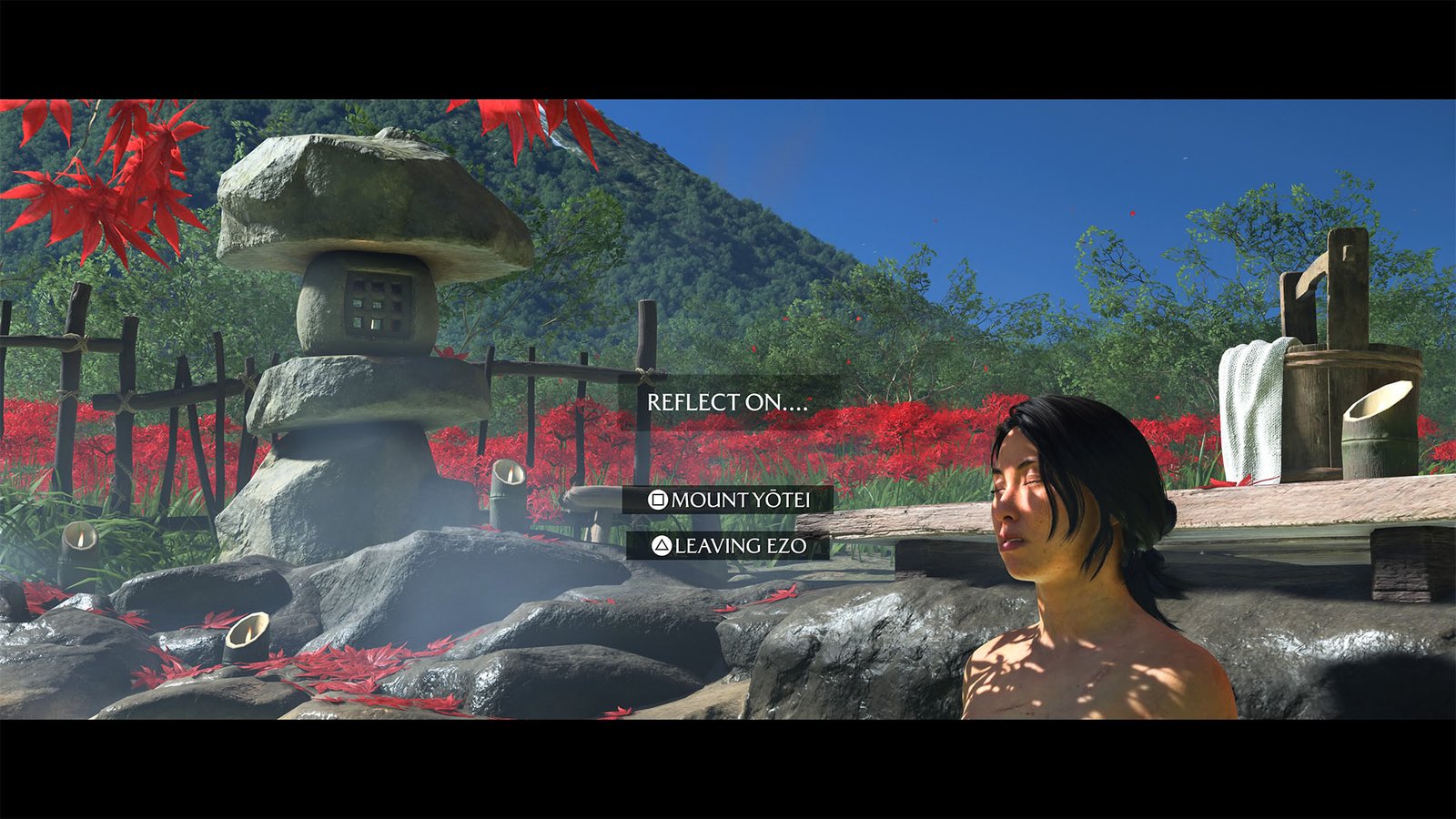
Sucker Punch worked directly with Ainu consultants, ensuring respectful and authentic representation of the Ainu people who were present during that time period. “We didn’t know much at first, so we leaned on advisors. One example I’m proud of: the patterns on Ainu clothing in the game were drawn by our consultant’s mother. There’s a handcrafted authenticity there.”
While Ainu culture plays a limited narrative role, its presence adds texture to the world, highlighting Sucker Punch’s ongoing commitment to cultural research.
Storytelling in an Open World
Designing an open-world vengeance tale presents challenges. “Narrative and freedom collide,” Connell admits. “If you let players hunt the Yōtei Six in any order, you lose the ability to tell a strong story. But if you restrict too much, you lose freedom. So we crafted a structure — a strong beginning, a flexible middle, a decisive end. It’s a compromise, but it preserves both player agency and narrative impact.”
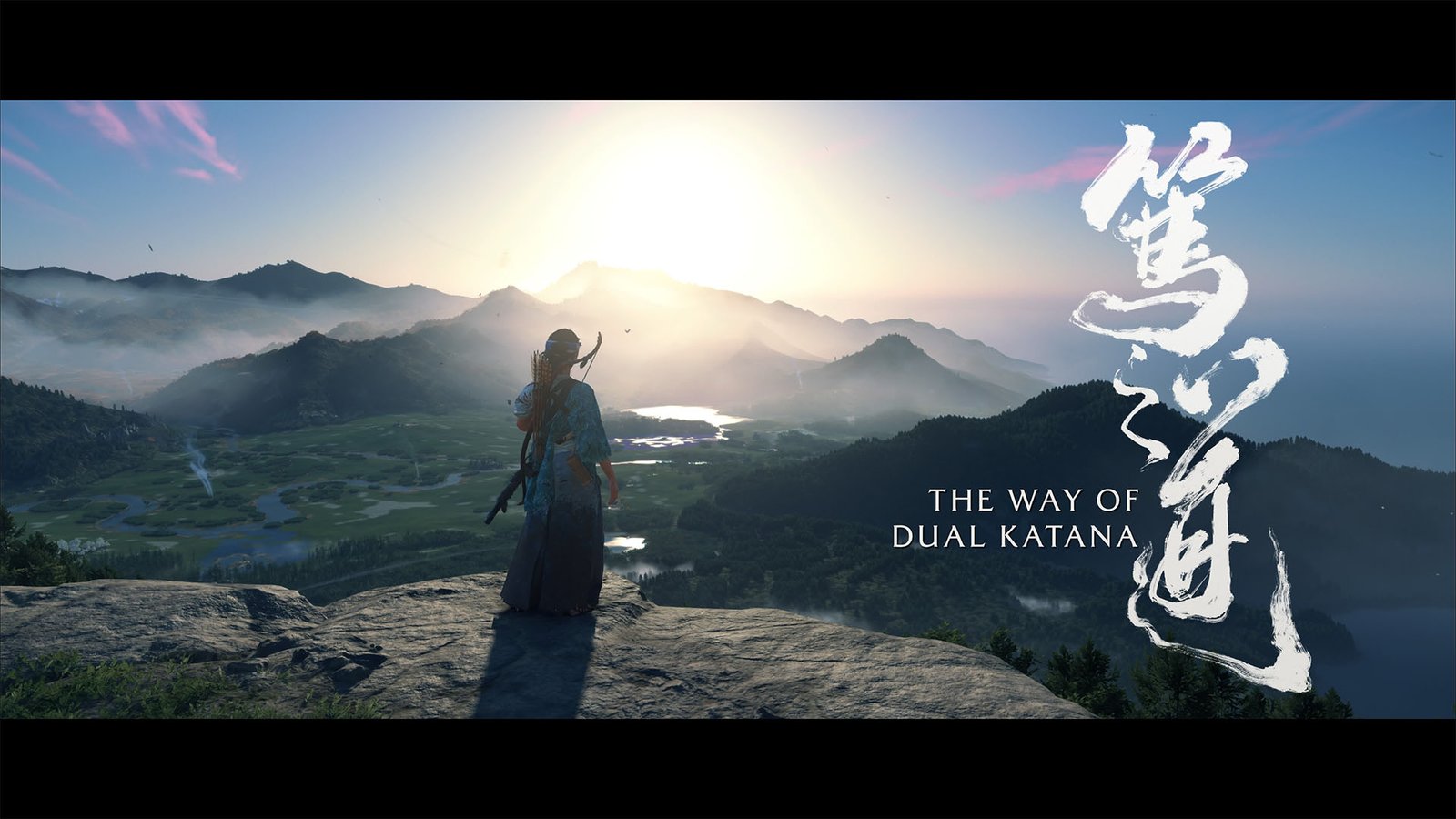
Side tales, such as mythic quests for legendary armour or weapons, reinforce Atsu’s journey while giving players cinematic gameplay setpieces. Connell cites inspirations ranging from Musashi’s Book of Five Rings to natural motifs, such as spider lilies.
“These missions are where our art, design, and music teams come together to create something larger than life,” he says. “They’re not directly tied to the Golden Path, but they deepen who Atsu is.”
The Ghost’s Future
With Ghost of Yotei now out in the world, Sucker Punch has proven it can deliver a sequel that both respects its predecessor and stands on its own. For Connell, the greatest satisfaction lies in seeing players connect with Atsu’s deeply personal journey.
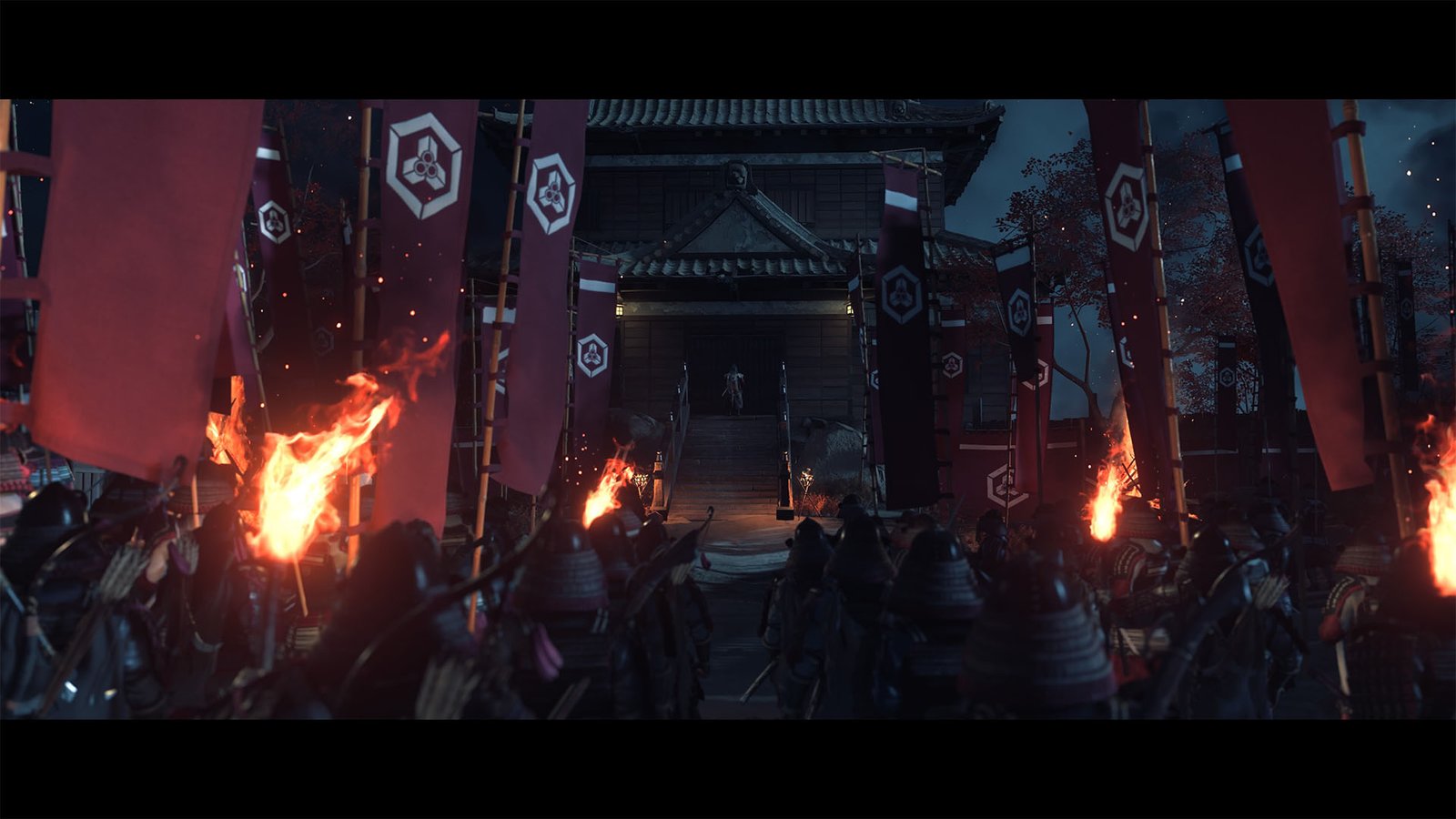
“Fresh but familiar — that was our mantra,” he reiterates. “We wanted people to feel at home, but also challenged and surprised. Atsu’s story gave us that chance.” Ghost of Yotei, then, is more than a sequel. It’s a testament to Sucker Punch’s evolving craft — a legend born not just of war, but of grief, spirit, and survival.
Ghost of Yotei is available now on the PlayStation 5.

